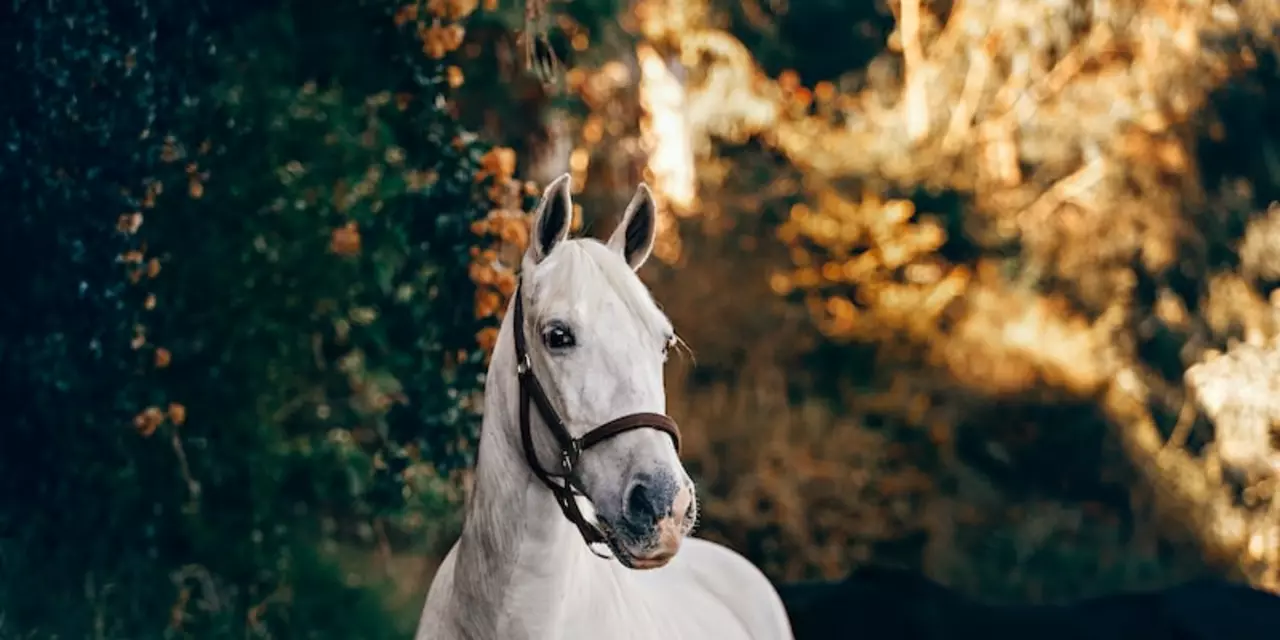Find the Right Horse Breed for Your Riding Goals
Choosing a breed can feel overwhelming, but you don’t need a degree in equine science to get it right. Start by asking yourself three simple questions: What do I want to ride (trail, competition, leisure)? How much time can I commit to training? What’s my budget for purchase and care?
Popular Breeds and What They’re Best At
Arabian – Known for stamina and a lively temperament, Arabians shine in endurance rides. Their compact build makes them easy to handle, but they can be spirited, so a firm hand helps.
Quarter Horse – The go‑to for western disciplines, these guys are calm, quick off the mark, and love working with beginners. Their muscular hindquarters give them power for rodeo events.
Thoroughbred – Fast and tall, Thoroughbreds dominate the racetrack and excel in eventing. They need experienced riders because their high energy can be a challenge.
Welsh Pony – Perfect for kids and small adults, Welsh ponies are sturdy, friendly, and easy to train. Their size makes them a safe option for kids learning to ride.
Irish Sport Horse – A cross of Irish Draught and Thoroughbred, this breed mixes strength with agility. They’re a top choice for show jumping and dressage.
Practical Tips for Matching Breed to Lifestyle
Think about space. If you only have a small paddock, a pony or a lighter breed like a Haflinger will feel more comfortable than a giant draft horse. If you plan on trail riding in hilly terrain, a sturdy breed with good footing, such as a Percheron or a Clydesdale, can handle the slopes.
Budget matters too. Some breeds command high prices at auction, while others are more affordable. Remember to factor in feed, vet bills, and equipment—larger breeds eat more, so monthly costs can climb quickly.
Experience level is a big factor. New riders usually thrive with calm, predictable temperaments—think Connemara or American Paint. Experienced riders often look for a challenge and may gravitate toward the spirited nature of a mustang or a cutting stock Warmblood.
Don’t forget health. Certain breeds are prone to specific issues. Draft breeds can develop joint problems, while Arabians may be sensitive to dental issues. A quick chat with a vet or a knowledgeable breeder can highlight red flags before you commit.
Finally, spend time with the horse before buying. A test ride or a few days at the stable will reveal how the animal reacts to your cues. Trust your gut—if the horse feels right, you’re likely on the right track.
Finding the perfect breed isn’t about picking the most popular name; it’s about aligning the horse’s strengths with your goals and lifestyle. Use the guide above as a starting point, ask plenty of questions, and enjoy the journey to your ideal equine partner.

Clydesdale horses are a breed of draft horse known for their large size, strength and gentle character. They originated in Scotland in the 19th century and have since been used for a variety of purposes, including agricultural and industrial work, show-jumping and even light riding. While they are not traditionally considered a riding horse, Clydesdales can be trained to be ridden, provided they have sufficient training and conditioning. Furthermore, their size and weight make them well-suited to carrying heavier riders, making them an excellent choice for riders who need a larger mount.
Read more
